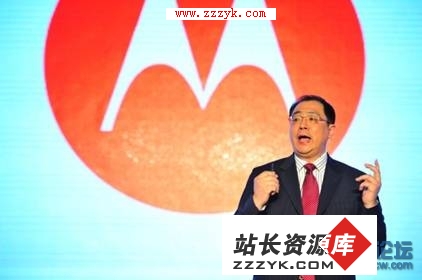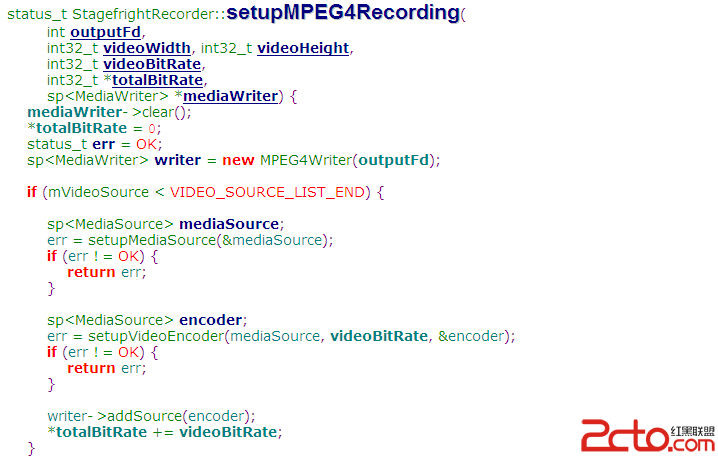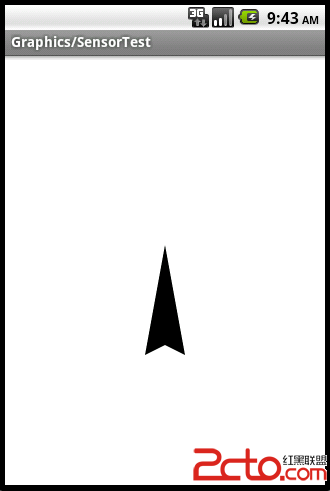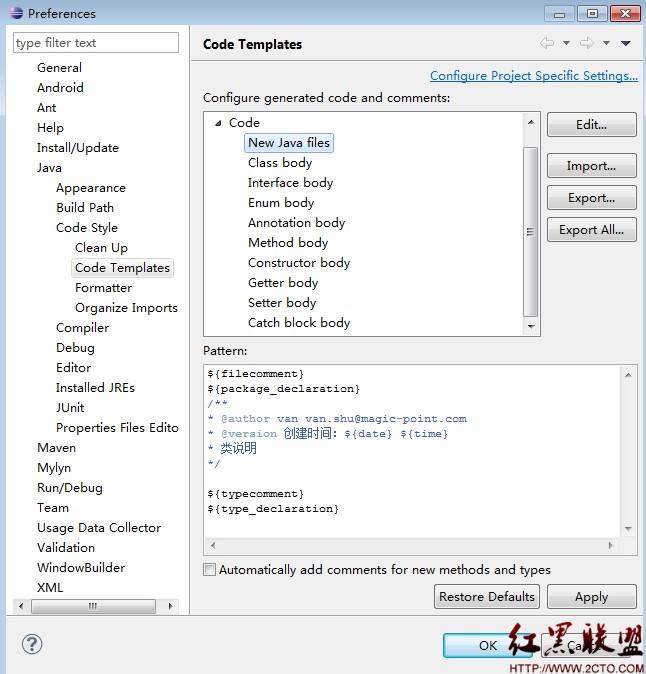android TraceView使用以及listview 的性能优化测试(二)
上篇最后面给了我测试用的代码: 未看到请先浏览上一篇:http://www.zzzyk.com/kf/201201/116681.html
好现在咋门来验证listView 的神奇,listview主要需要优化的就是getView() 这个方法,实现其中convertView 的缓存优化,下面就利用TraceView 测试下listview重用convertView 的区别:
首先啥都不做:
[html] public View getView(int position, View convertView, ViewGroup parent) {
// TODO Auto-generated method stub
LinearLayout layout = (LinearLayout) inflater.inflate(R.layout.listview, null);
TextView text = (TextView) layout.findViewById(R.id.text);
ImageView view= (ImageView) layout.findViewById(R.id.iamge);
text.setText(listData.get(position));
int id= position %2==1? R.drawable.icon: R.drawable.default_head;
view.setImageResource(id);
return layout;
}
public View getView(int position, View convertView, ViewGroup parent) {
// TODO Auto-generated method stub
LinearLayout layout = (LinearLayout) inflater.inflate(R.layout.listview, null);
TextView text = (TextView) layout.findViewById(R.id.text);
ImageView view= (ImageView) layout.findViewById(R.id.iamge);
text.setText(listData.get(position));
int id= position %2==1? R.drawable.icon: R.drawable.default_head;
view.setImageResource(id);
return layout;
}
运行程序,然后随意的拖动listview 列表,然后安菜单键退出程序: 去ddms 中fileExplorer中 点击sd卡 你会早根目录上看到dmtrace.trace 文件
把dmtrace.trace 导出到C盘 ,命令行键入android tools 文件夹下 执行 traceview C:\ dmtrace.trace 出现了traceview 视图
因为咋门看到的是getview优化操作:所以直接在Find: 键入getView 他则会找到我们写的程序的方法:

看到没有:未进行优化的情况下:getView占用资源是 35.2% 其中布局填充(inflate)占其中的89.7% 整个程序中inflated 就占33%,getView()方法就是全被布局填充耗费了这么多的资源, 看不下去了
优化一
直接加两行代码:
[java] if(convertView ==null){
layout = (LinearLayout) inflater.inflate(R.layout.listview, null);
}else{
layout =(LinearLayout) convertView;
}
if(convertView ==null){
layout = (LinearLayout) inflater.inflate(R.layout.listview, null);
}else{
layout =(LinearLayout) convertView;
}
在运行 ,在查看getview:

看到没有,看到没有:9.4% 占整个程序的9.4% ,并且 inflated 在getview中只耗费了41.7%了,一半多的节省啊!
两行的代码就带来这么大的效率提高: 难道你没觉察到! 神奇
优化二
下面是网上盛传的:ViewHolder 优化测试 通过setTAG
[java] public View getView(int position, View convertView, ViewGroup parent) {
// TODO Auto-generated method stub
// LinearLayout layout;
// if(convertView ==null){
// layout = (LinearLayout) inflater.inflate(R.layout.listview, null);
// }else{
// layout =(LinearLayout) convertView;
// }
//
// TextView text = (TextView) layout.findViewById(R.id.text);
// ImageView view= (ImageView) layout.findViewById(R.id.iamge);
//
// text.setText(listData.get(position));
// int id= position %2==1? R.drawable.icon: R.drawable.default_head;
// view.setImageResource(id);
ViewHolder holder;
if (convertView == null) {
convertView = inflater.inflate(R.layout.listview,
null);
holder = new ViewHolder();
holder.view = (ImageView) convertView.findViewById(R.id.iamge);
holder.text = (TextView) convertView.findViewById(R.id.text);
convertView.setTag(holder);
}
else{
holder = (ViewHolder)convertView.getTag();
}
int id= position %2==1? R.drawable.icon: R.drawable.default_head;
holder.view.setImageResource(id);
holder.text.setText(listData.get(position));
return convertView;
}
static class ViewHolder {
TextView text;
ImageView view;
}
public View getView(int position, View convertView, ViewGroup parent) {
// TODO Auto-generated method stub
// LinearLayout layout;
// if(convertView ==null){
// layout = (LinearLayout) inflater.inflate(R.layout.listview, null);
// }else{
// layout =(LinearLayout) convertView;
// }
//
// TextView text = (TextView) layout.findViewById(R.id.text);
// ImageView view= (ImageView) layout.findViewById(R.id.iamge);
//
// text.setText(listData.get(position));
// int i
补充:移动开发 , Android ,




